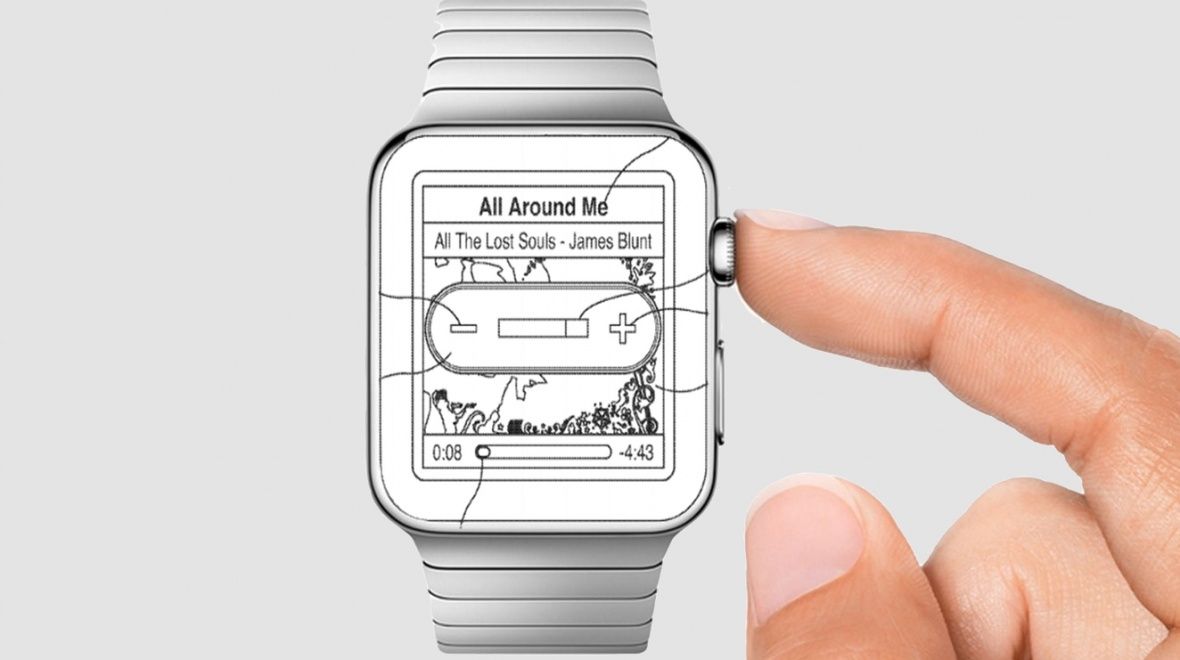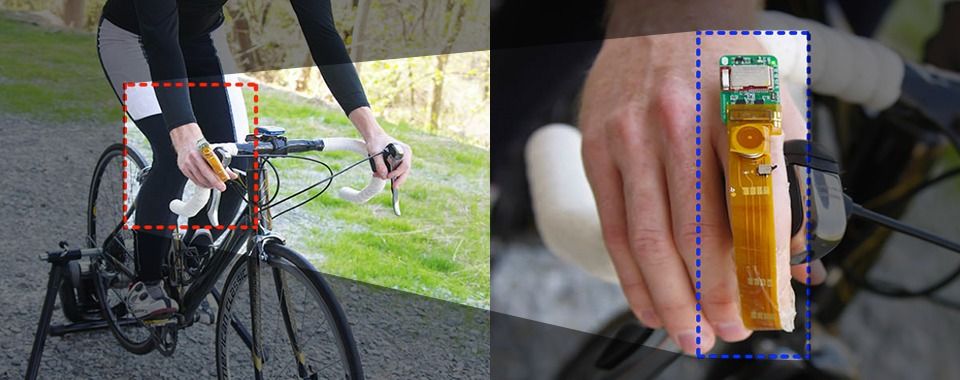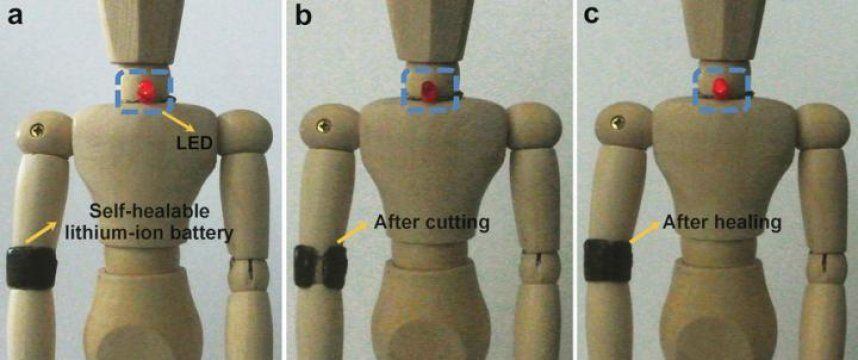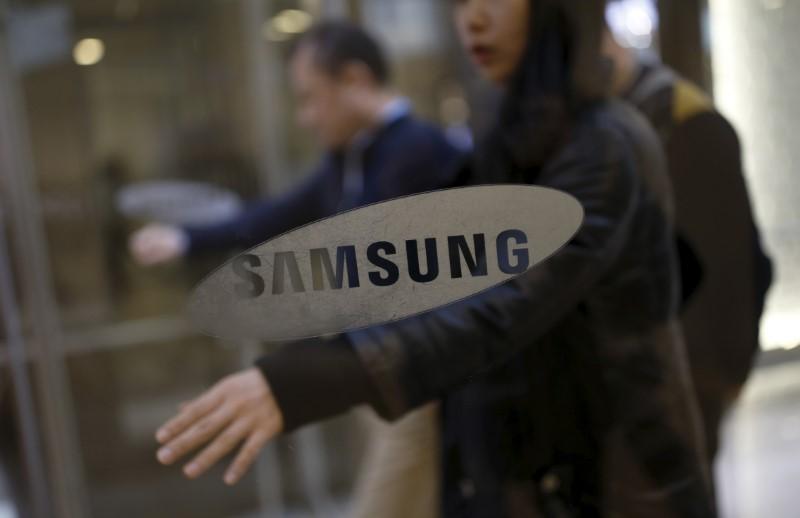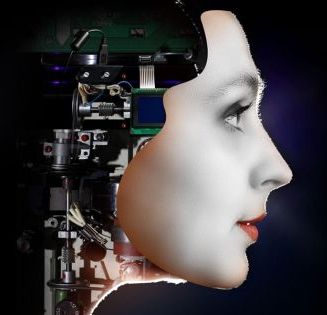Rarely a week goes by at Wareable where a patent from some big tech company doesn’t get us guessing about the future.
Like Hansel and Gretel with smartwatches, we follow the proverbial tech crumbs all the way to the end, but we’re quick to forget how many of the ideas actually make the cut — and which get lost along the way.
So we’re going to a mini-series we’re calling ‘The patented history and future of…’, looking at some of the big launches in wearable tech, starting with the Apple Watch. These are going to be miniature timelines, small trips down memory lane looking at the patents that led up to the announcement and those that have happened since, to see what came true, what didn’t, and what might still be to come.
